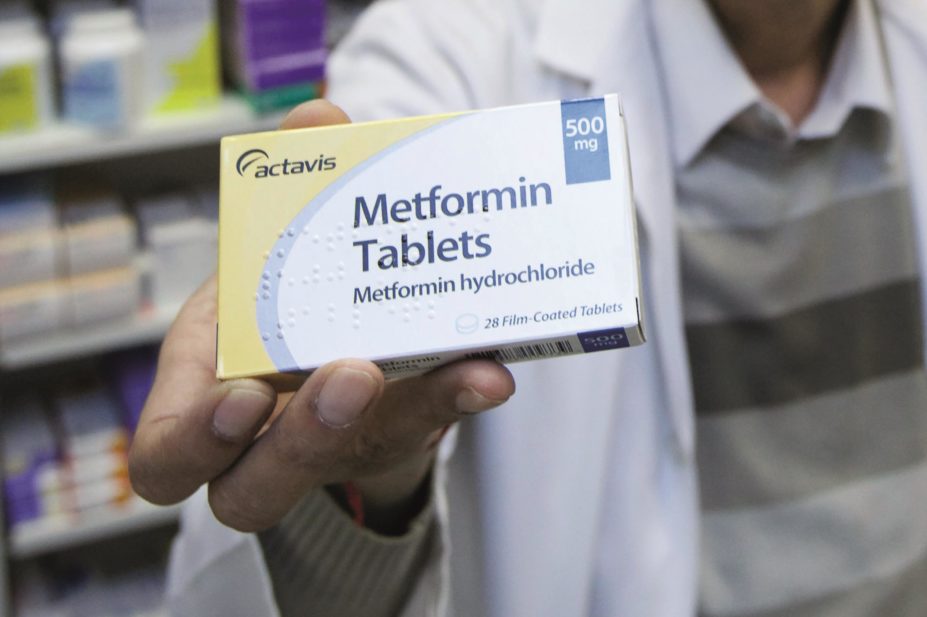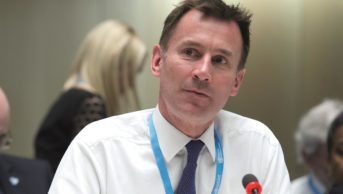
Wikimedia Commons
The number of prescriptions for drugs to treat type 2 diabetes dispensed by community pharmacies in England rose by 33% over the past five years, according to research carried out by EXASOL, a database developer and analytics company.
In 2011, 26 million prescriptions for type 2 diabetes medicines were dispensed by community pharmacies, increasing to 35 million in 2015, figures from a government dataset show.
EXASOL researchers analysed data collected by NHS Digital, an arm’s-length body of the Department of Health that provides national information, data and IT systems for health and care services — formerly known as the Health and Social Care Information Centre. The data capture every GP prescription dispensed at all pharmacies across England, running from August 2010 to July 2016.

Diabetes drugs: prescription breakdown
Source: Exasol
Type 2 diabetes prescriptions dispensed by community pharmacies in England in 2015
Sean Jackson, chief marketing officer at EXASOL, says: “We… can see the proof that diabetes prescribing has increased drastically over the past five years. When we delve deeper, we find that data can uncover more information, such as the geographic differences across the country and the large increase in prescribing of second-line drugs.”
The data also show that the number of prescriptions for medicines to treat type 2 diabetes issued in the first six months of 2016 was 8% higher than for the same period in 2015.
The figures show variations in prescribing rates across the country. For example, Newham in east London had the highest prescribing rate in England in 2015, at 1.21 prescriptions per head of population, compared with an England-wide average of 0.64. This was followed by East Lindsey and South Holland, both in Lincolnshire, at 1.16 and 1.15, respectively.
The area with the lowest prescribing rate for diabetes drugs in 2015 was Cambridge, with a rate of 0.29 prescriptions per head of population.
EXASOL also looked at prescribing data for different type 2 diabetes drugs. It found more than half (52.4%) of the prescriptions were for metformin in 2015 and a fifth (20.6%) were for gliclazide.
The data also show that prescriptions for sitagliptin — a second-line drug used when metformin and lifestyle changes are not effective — doubled from 2011–2015, rising from around 96,000 prescriptions to over 192,000.
You may also be interested in

Walgreens Boots Alliance partners with Microsoft to develop ‘new healthcare delivery models’

Government’s £4.2bn investment for NHS IT includes money for ‘click and collect’ prescription service
